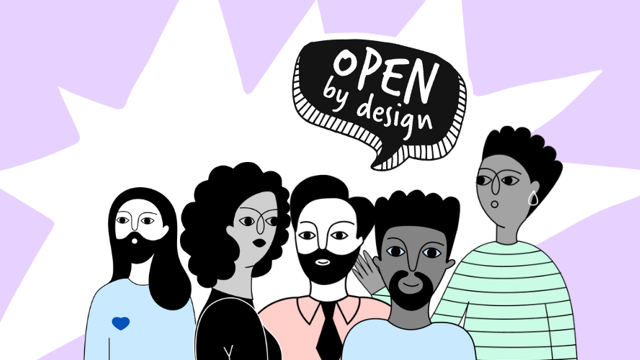One of the most heartening things about the early days of the pandemic was the speed at which digital service teams adapted to rapidly changing resident needs to deliver new, emergency services. Alongside that urgent response, another challenge became clear: how do local authorities continue supporting residents to know what services remain available during the crisis in the midst of frequent changes to government guidelines? With many residents in need of other types of support that could be provided by the wider community, many councils recognised the need for a tool that would help residents understand the services available to them, based on geographical location and their particular needs, with the option to self refer when possible.
But in the middle of a crisis, how do you quickly build a tool that will support as many people as possible?
A Coronavirus service directory
Building on the code we developed with Buckinghamshire Council building their “find support near you” tool for adult social care, we wanted to build a coronavirus service directory aimed at this wider population. Whilst supporting residents in the community, the tool also helped reduce demand on statutory council services while saving staff time so they could focus on complex individual cases.
Day one
This service directory was put into the world fast. 48 hours before the first beta release was ready, it was just drawings on a wall. We used Figma’s collaboration features to help stakeholders agree on a prototype of the first release in just a few hours.
The basic user need we were trying to solve is: As a resident who is staying at home, I need to connect up with relevant help in my local area so I can meet my basic needs.
To work as quickly as we needed to, the design assumptions are based heavily on our previous work done with Buckinghamshire Council and some of the code is even reused from earlier products. During the crisis it was more important to put something in the world we can learn from than to sit worrying about getting it completely right the first time.
Day two
March 2020 was a difficult time to introduce new administration tools to overstretched council teams who were already working incredibly hard in crisis response whilst keeping the council’s existing services running. So we started off by using the one tool staff are most likely to be using already: spreadsheets.
On day two we decided to use a Google Sheet as a database, pulling across changes at a set time each day. Straightforward, but it worked. Later versions would introduce a simple administration user interface.
Though we’d started coding on day one, most of the features were built on this day, using the Rails framework. This is a testament to the continuing usefulness of Rails when rapid prototyping and iteration is the most valuable thing. Newer inventions like Next.js, React and GraphQL still can’t beat the speed of feature development you get out of the box with Rails.
Day three
Day three was spent preparing for launch and tidying up. Getting domains ready, figuring out who would keep the database updated and similar jobs.
A closer look at what we made
Among the most pressing new challenges during the Covid-19 crisis is linking up people in need with specific support in their local area. These people might not have an extensive social network, online or off, so we needed to provide meaningful signposting to groups that are nearby and provide the right kind of help for their situation.
At first interaction, residents who visit the council’s Covid-19 landing page are signposted to the service directory that will help them resolve their situation, so they receive their chosen level of support. This directory is just one tool we’ve designed and built in a three day design sprint that:
- asks what kind of help you need and where you are
- provides a list of local groups and services, complete with contact information and differences, nearest first
- provides a machine readable API data feed, allowing easy regional or national coordination of these service databases.
Everything we learned making this service directory is being built into Outpost, a more feature rich successor that’s API first and built from the ground up on the Open Referral UK standard.

Local Digital: uniting for better public services
Bringing together ambitious changemakers to share radically new, standards-based models and tools for local public services
Read moreOur recent insights

Local Digital: uniting for better public services
Bringing together ambitious changemakers to share radically new, standards-based models and tools for local public services
Read more
Why service design is essential to delivering net zero now
Faced with a lack of resources and expertise, organisational barriers and little government support, councils aren’t sure how to take action on net zero. But service design can help.
Read more
A design system for transformational change
We've partnered with Hackney Council on several projects from housing to employment, always making sure services are understood, fair, accessible and beneficial to residents, supported by flexible modern technology.
Read more

